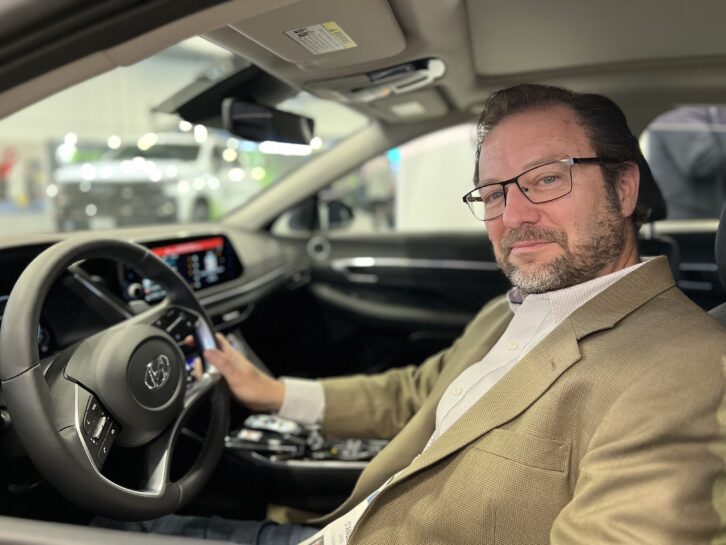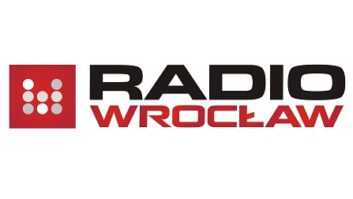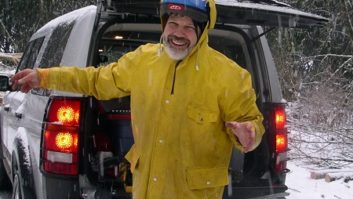Much of the conversation about software-based air chains has been around HD Radio. In Radio World’s current ebook on this topic, we asked Joe D’Angelo, senior vice president of broadcast radio and digital audio for HD Radio’s parent company Xperi, and Jeff Detweiler, its executive director of broadcast business development.
Radio World: What does the phrase “software-based air chain” mean at Xperi?
Joe D’Angelo: Go back to the early days of HD Radio for a moment. If a station wanted to deploy HD Radio, there were two or three hardware boxes, computers to be installed at the studio or the transmitter, which all had to be networked. And that was just to create the digital waveform and inject encoded audio for HD Radio.
It was expensive and complex. The devices would age out, and you had issues with maintainability of components. We’d do a software implementation on a chipset and three years later it wasn’t available, so replacement parts were a real challenge.
We started to look at how we could take components of the HD Radio system and move those into the cloud, to reduce complexity and dependence on customer-premise hardware. It wasn’t easy. It’s a real-time system and not very forgiving of processing delays and network hiccups.
But the industry has gotten more comfortable with core components of their infrastructure operating in a cloud environment. From our perspective, RCS really led the charge in taking Zetta, a critical piece of studio equipment, and decoupling it from hardware. We thought that if they can do it, we should be able to do it.
There’s been a concerted effort underway at Xperi for about five years to take the pieces of the HD Radio system and move them into a cloud-based architecture.
Not only does this reduce hardware dependency but it provides the ability to perform software upgrades in the cloud, which is extremely valuable.
We’re also doing this with our Rapid metadata platform, which works across analog, HD Radio and DAB. There’s a cloud version that decouples metadata functions from hardware and puts it alongside other cloud-based systems.

RW: Jeff, what process has been required for Xperi to move parts of the HD Radio air chain from hardware to virtualized components? And what factors have driven that migration?
Jeff Detweiler: Fortunately, our decisions over the past several years to create common libraries made transitioning to containerized virtual systems much easier for our manufacturing partners.
As to factors, the pandemic accelerated the development of virtualized broadcast environments. IT managers have often become broadcast engineers, and along with that evolution, they desire to host virtualized systems locally and in cloud services like their IT infrastructure. Moreover, broadcasters are shifting from cap-ex to op-ex for broadcast and IT infrastructure. The small and medium broadcasters need virtualized and low-cost hardware solutions to make the technology practical.
RW: What were the hurdles that had to be overcome?
Detweiler: The greatest challenge in a virtualized HD Radio environment is synchronizing the analog and digital paths. Two transport standards are underway to define protocols for encapsulating the HD Radio E2X stream and MPX audio. The IBOC Standards Development Working Group of the National Radio Systems Committee is in the process of defining an analog and HD Radio interoperable transport layer that all manufacturers can build toward. The IEEE Broadcast Technology Standards Committee is defining the Aggregated Content Delivery Link or ACDL, which will work for all radio broadcast technologies worldwide.
Standardizing this interface holds the promise of manufacturer interoperability and consistent system performance. Xperi and its manufacturing partners are actively participating in this work.
RW: What process has Xperi followed to collaborate with manufacturers to get to the current point?
Detweiler: We deliver core software elements that manufacturers use to create innovative and differentiated product solutions. Our philosophy is simple: Enable the manufacturers to revolutionize the technology.

RW: In this context, Joe, why is what Nautel is doing notable?
D’Angelo: Nautel has been a great partner and innovator around the HD Radio system, constantly looking for ways to simplify the network architecture of HD Radio components, whether it was the importer, the exciter or the Exgine. They’ve really pushed us to identify components that could be extracted from hardware dependency and migrated to the cloud. They’ve focused on cost reduction and innovation to increase consistency and reliability, while driving costs and complexity down.
RW: Is there still a lot of room to streamline and simplify the HD technology infrastructure further, or has most of that now been squeezed out?
D’Angelo: I never want to say innovation has run its course. But we’ve come a heck of a long way from the early days of HD Radio, when the initial broadcast equipment was seven Sharc cards, each of which cost thousands of dollars. Now we’re running on a combination of cloud services and off-the-shelf DSPs.
Reliability was always good; the system has a very strong runtime percentage. But innovation has been focused on reducing complexity and costs.
Now we’re trying to do more with less — in EAS, in integrating new DTS AutoStage functionality and in improving audio quality, especially for AM. We’ve expanded our metadata portfolio and enhanced the Program Service Data to include release dates of albums and IDs. We are involved in some other projects on the hybrid radio side that we hope to be able to talk about publicly soon.
But moving into software- and cloud-based designs is enabling more innovation, and helping broadcasters deploy HD Radio more quickly than is possible with a hardware-dependent solution.
So I think we’ve come miles and miles in reducing the cost and complexity of our part of the HD Radio chain. Today we see Nautel putting cards inside of transmitters that replace entire network computers and getting new features out of the available bandwidth. That trend will continue.
RW: Jeff, what should we know about developments such as integration of EAS or other functionality?
Detweiler: The Emergency Alerts System is prime for modernization. HD Radio and RDS increase the availability of EAS text messages beyond audio. However, as broadcast virtualization evolves, the FCC will likely need to consider how the type-approved alert hardware solution fits into that model and, where appropriate, can it be virtualized. Virtualization offers several advantages concerning redundancy and self-healing systems. The existing hardware requirements around the presidential alert are the biggest roadblock to that virtualization.
RW: I have a perception that the uptake of FM HD Radio by stations essentially has plateaued. So Joe when you talk about the benefits of software-based air chains, is it mostly to benefit existing users through simplification and cost savings? Or do you feel these changes are enough to move the adoption needle?
D’Angelo: It’s both. We actually average about 80 to 100 new stations a year in North America. Among the early adopters, a company like iHeart is probably on its third generation of HD Radio, and Jeff Littlejohn in particular has been instrumental in pushing for a cloud-based architecture and driving innovation and cost-reduction.
Canada came later to the HD Radio conversation after its efforts with DAB, and now broadcasters there are adopting HD Radio. They get the benefit of 20 years of engineering innovation and a lower-cost solution.
Today it’s much easier, especially in resource-constrained times, for a station to deploy HD Radio.
Some in the industry have a perception that HD Radio is stalled, yet we have 105 million cars on the road. The technology is more affordable than ever, and it’s easier than ever to deploy it.
Now as an industry we need to drive action within small and medium markets to embrace this. It’s important that we continue to educate people about how easy it is to add HD Radio to your broadcast stream.
RW: What else should radio engineers know about the state of the “software-based air chain”?
Detweiler: When dealing with a technology that aspires to five-nines of availability (99.999%), we need low-cost hardware-centric solutions offering a complete backup (Importer/Exporter/Exgine) at the transmitter site. That’s where a Raspberry Pi HD Radio hardware solution with USB audio interfaces, fed locally with audio, will play an important role in backing up cloud systems.
Read the free ebook “The Software-Based Air Chain.”







